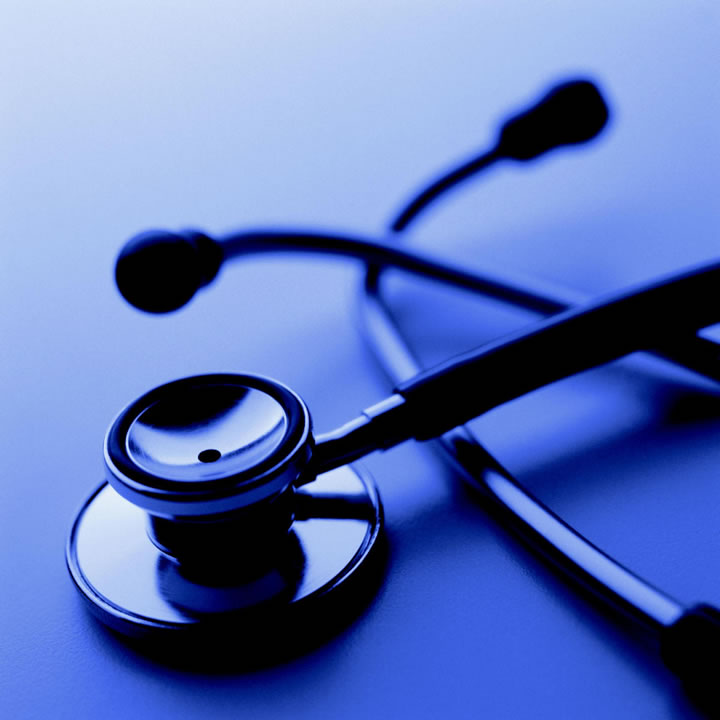Streamline Your Healthcare Revenue: Essential Tips for Accurate Medical Claim Billing Success
In the competitive and complex world of healthcare, accurate medical claim billing is vital for maintaining a healthy revenue cycle. Mistakes in billing can lead to delayed reimbursements,denied claims,and lost revenue,impacting the financial stability of healthcare providers. Whether you’re running a small clinic or managing a large hospital system, implementing strategies to streamline your medical billing process is essential to ensure accuracy, compliance, and efficiency.
Understanding the Importance of Accurate Medical Claim Billing
Medical claim billing is the process of submitting claims to insurance companies and other payers for reimbursement of healthcare services provided. It involves meticulous data entry, adherence to regulatory standards, and managing complex coding systems like ICD-10, CPT, and HCPCS.
Why is accurate billing crucial? Consider these key benefits:
- Maximized Revenue: correct claims reduce denial rates and accelerate reimbursements.
- Reduced Compliance Risks: Accurate coding and documentation ensure adherence to regulations, avoiding penalties.
- Improved Cash Flow: Faster claim processing leads to quicker payments.
- Enhanced Patient Satisfaction: Clear billing fosters trust and reduces billing disputes.
Common Challenges in Medical Claim Billing
Before diving into practical tips, it’s notable to understand common issues that hinder billing success:
- Incorrect or incomplete patient facts
- Error-prone coding and documentation
- Delayed submission of claims
- Non-compliance with payer policies and regulations
- Inadequate staff training or outdated billing software
Practical Tips to Streamline Medical Claim Billing Process
1. Invest in Robust Billing Software
Utilize powerful billing software that integrates seamlessly with your Electronic health Records (EHR) and Practice Management Systems. Features to look for include automated coding, real-time claim tracking, and compliance checks.
2. Ensure Accurate and Complete Patient Data
Exact patient demographics and insurance information are the foundation of error-free billing. Implement verification processes at check-in and periodically update data.
3. Adopt Standardized Coding Practices
Stay updated with the latest ICD-10, CPT, and HCPCS codes. Regular staff training ensures correct coding, reducing claim denials and rework.
4. conduct Regular Staff Training and Education
Healthcare billing is ever-evolving. Regular training sessions keep your team informed about coding updates, payer policies, and compliance requirements.
5. Perform Pre-Submission Audits
Before submitting claims, perform internal audits to catch errors early.This proactive approach minimizes rejections and accelerates reimbursement.
6. Implement Clear documentation Policies
Proper documentation supports billing claims and helps justify procedures to payers. Maintain thorough, organized medical records for every service provided.
7. Monitor and Analyze Claims Data
Use analytics tools to identify denial patterns, bottlenecks, and revenue leakage points. Continuous monitoring enables ongoing process improvements.
8. Follow Up Promptly on Denied or Rejected Claims
Establish a dedicated team or system to review and appeal denied claims quickly, preventing delayed revenue flow.
Benefits of Streamlined Medical Billing Process
| Benefit | Description |
|---|---|
| Increased Revenue | Fewer errors lead to higher approved claims and faster payments. |
| Reduced Denials | Proactive validation lowers the rejection rate of claims. |
| Enhanced productivity | Efficient workflows allow staff to focus on patient care and strategic planning. |
| Compliance Assurance | Consistent adherence to coding and documentation standards mitigates risks of penalties. |
| Improved patient satisfaction | Clear, accurate billing improves transparency and reduces confusion or disputes. |
Real-Life Case Study: Success Through Billing Optimization
Consider a mid-sized outpatient clinic that faced a 15% claim denial rate,resulting in delayed revenue and patient dissatisfaction.After deploying an integrated billing system and training staff on coding accuracy, the clinic saw a 30% reduction in denials within six months. Automated follow-up workflows also enhanced cash flow, allowing the clinic to reinvest in patient services.
My Personal Experience in Medical Billing
Having worked closely with healthcare providers,I’ve observed that building a culture of accuracy and continuous betterment makes all the difference.Implementing simple practices like daily claim reviews or staff training sessions creates a ripple effect,considerably boosting billing success. Over time, adopting technology and best practices transforms the revenue cycle into a smooth-running process that benefits both providers and patients.
Conclusion
Streamlining your healthcare revenue through accurate medical claim billing is not just a operational necessity; it’s a strategic imperative for sustaining and growing your practice. By investing in the right tools, ensuring thorough staff education, and implementing diligent workflows, you can reduce errors, accelerate reimbursements, and ultimately improve patient satisfaction. Remember, an efficient billing process equates to a healthier revenue cycle, paving the way for better healthcare delivery and financial stability.
If you’re ready to take control of your medical billing process and unlock maximum revenue potential, start by assessing your current workflows, investing in reliable billing technology, and fostering a culture of accuracy and continuous improvement.
For expert guidance on optimizing your healthcare revenue cycle, contact our billing specialists today.



